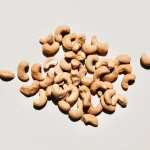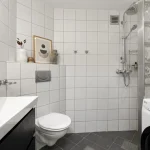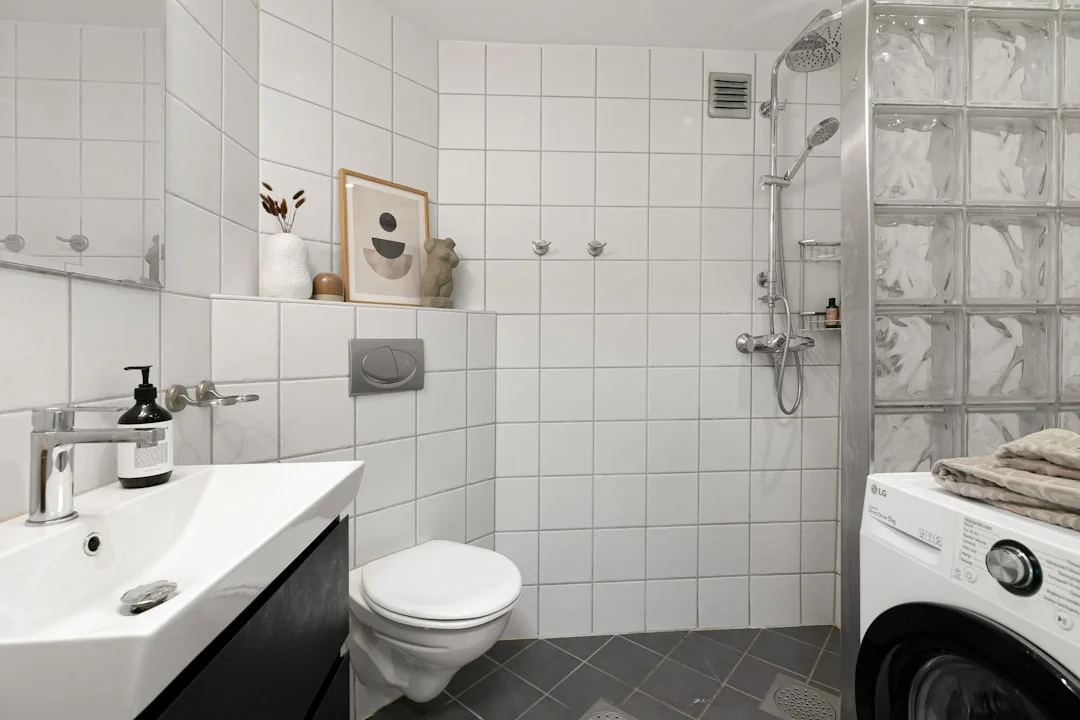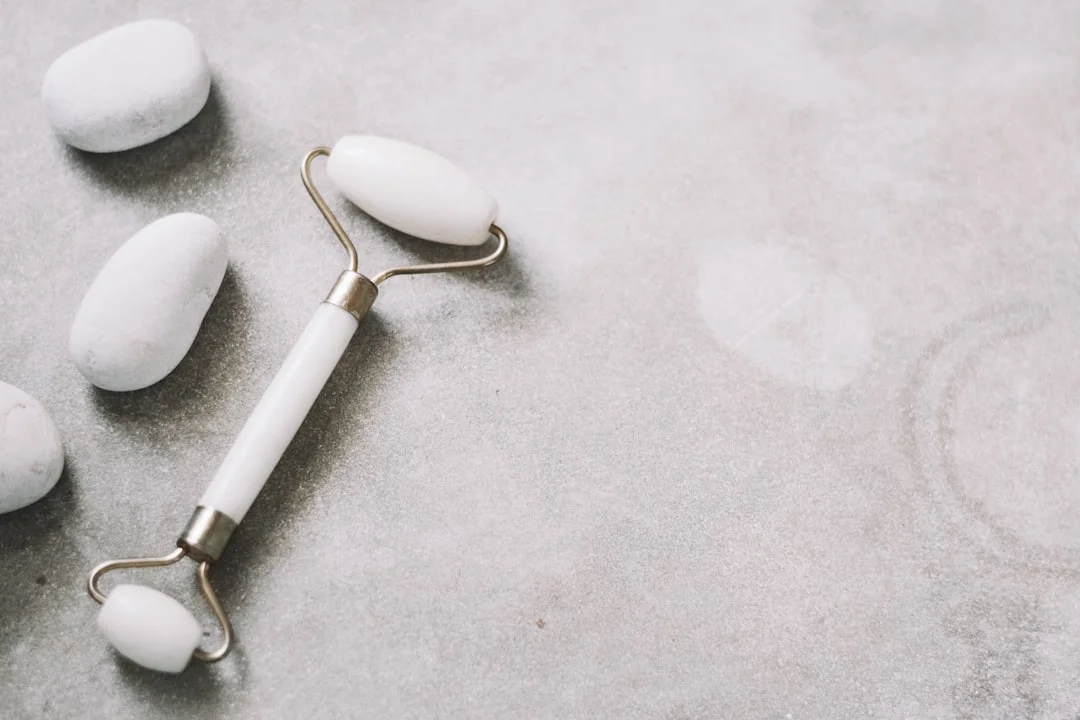Estimated Reading Time: 8 minutes
DDd you know the average bathroom is a veritable plastic jungle?
From shampoo bottles to toothbrushes, it’s easy to accumulate a mountain of single-use plastics.
But what if I told you it doesn’t have to be this way?
What if you could transform your bathroom into a haven of sustainability, one eco-friendly swap at a time?
This isn’t some unattainable ideal; it’s a practical, achievable goal, and the benefits extend beyond just environmental consciousness.
It’s about creating a healthier, more mindful space for yourself.
This isn’t just about saving the planet; it’s about saving yourself.
Reducing plastic in your bathroom often means choosing products with fewer harsh chemicals, leading to improved skin health and a reduced risk of exposure to potentially harmful substances.
It’s a win-win.
In this guide, we’ll dive deep into practical steps on how to reduce plastic in the bathroom.
We’ll explore simple swaps, habit changes, and innovative products to help you minimize your plastic footprint without sacrificing comfort or convenience.
Ready to embark on this journey towards a greener, healthier bathroom? Let’s get started!
Before we dive into solutions, let’s address the elephant in the room: the sheer volume of plastic waste generated by our bathrooms.
According to a 2024 study, the average household throws away over 50 pounds of bathroom-related plastic waste each year. Shocking, isn’t it?
This plastic often ends up in landfills or, worse, polluting our oceans.
The breakdown process is incredibly slow, and the environmental implications are severe.
Consider your daily routine. Think about the countless plastic bottles of shampoo, conditioner, body wash, and face cleanser you’ve used.
Now, picture all those bottles piling up in landfills, slowly leaching chemicals into the soil and water.
It’s a sobering thought, but it’s the reality. And the problem isn’t just about waste; it’s about the resources used to produce this plastic.
The extraction of fossil fuels, the manufacturing process, and the transportation all contribute to greenhouse gas emissions and environmental degradation.
But there’s hope! Understanding the problem is the first step towards finding solutions.
By becoming aware of the plastic we use and its impact, we can make informed choices and start reducing our plastic footprint.
Let’s explore some practical strategies for how to reduce plastic in the bathroom and make a tangible difference.
Changing your habits doesn’t have to be an overwhelming undertaking. Start small, focusing on one or two swaps at a time.
The cumulative effect of these small changes is significant. The key is to find alternatives that are both effective and enjoyable to use.
Let’s delve into some easy swaps.
These simple swaps can make a big impact. Remember, every small action contributes to a larger solution.
Taking a step towards how to reduce plastic in the bathroom means embracing a more mindful and sustainable lifestyle.
Beyond the basics, there’s a world of innovative products designed to minimize plastic waste. Consider exploring these options:
This is all about making conscious decisions about the products you use.
Take the time to research alternatives and choose those that align with your values and needs.
Making these conscious efforts towards how to reduce plastic in the bathroom helps to pave the way for a more sustainable future.
Beyond product swaps, the real magic happens when you adjust your habits.
This requires conscious effort but the rewards are many, like a healthier and more sustainable lifestyle.
The good news is, by shifting the way you approach your daily routine, it is not only possible, but also easy to cut back on plastic.

Here’s how you can redesign your bathroom habits to reduce plastic:
These small shifts in your daily routine can have a powerful impact on your overall plastic consumption and your journey on how to reduce plastic in the bathroom.
Another way to take control of your plastic consumption is to make your own bathroom products.
This allows you to control the ingredients and packaging while reducing waste. It can also be a fun and rewarding experience. Here are a few simple DIY ideas:
Making your own products can be an excellent way to reduce plastic waste and tailor your beauty routine to your specific needs.
Embrace the DIY spirit and have fun experimenting with different recipes. It can also be very satisfying and cost effective.
Learning how to reduce plastic in the bathroom, sometimes means taking matters into your own hands!
Reducing plastic in your bathroom is not a sprint; it’s a marathon. It’s a continuous journey of learning, adapting, and making conscious choices.
You might stumble along the way, but the key is to stay committed to your goal.
Let’s look at some actionable ways to maintain your plastic-free goals.
How to reduce plastic in the bathroom will always be a work in progress. It is about progress, not perfection.
Keep learning, keep adapting, and keep making conscious choices.
The journey towards a plastic-free bathroom is one that will benefit both you and the planet.
Transforming your bathroom into a plastic-free zone is a journey, not a destination.
It requires a conscious shift in habits, a willingness to explore alternatives, and a commitment to making mindful choices.
We’ve explored practical strategies, from simple swaps to habit adjustments, all aimed at minimizing your plastic footprint.
Remember, the goal isn’t perfection; it’s progress.
Every small step you take, whether it’s switching to a bamboo toothbrush, opting for shampoo bars, or simply recycling properly, contributes to a larger movement towards sustainability.
Embrace the change, celebrate your successes, and don’t be afraid to experiment.
By taking action today, you’re not only creating a healthier space for yourself, but you’re also contributing to a healthier planet for future generations.
This is more than just about how to reduce plastic in the bathroom. It is about a lifestyle that is sustainable and mindful.
So, are you ready to ditch the plastic and embrace a greener bathroom? Start today! And remember, the journey is just as important as the destination.
Ready to take your health journey further? Join our newsletter for weekly health tips!
{
“@context”: “https://schema.org”,
“@type”: “Article”,
“headline”: “Article Title”,
“description”: “Article description”,
“image”: “Featured image URL”,
“author”: {
“@type”: “Person”,
“name”: “Author Name”
},
“publisher”: {
“@type”: “Organization”,
“name”: “Site Name”,
“logo”: {
“@type”: “ImageObject”,
“url”: “Logo URL”
}
},
“datePublished”: “Publication Date”,
“dateModified”: “Last Modified Date”
}
Frequently Asked Questions
What are the biggest sources of plastic waste in the bathroom?
The most significant contributors to plastic waste in the bathroom include shampoo and conditioner bottles, body wash containers, disposable razors, plastic toothbrushes, toothpaste tubes, and disposable cotton swabs. These items are often single-use and end up in landfills, taking hundreds of years to decompose.
Reducing the use of these items is essential for making your bathroom more sustainable.
Where can I find package-free or refillable bathroom products?
Package-free and refillable products are increasingly available. Local health food stores, zero-waste shops, and some mainstream retailers offer refill stations for shampoo, conditioner, body wash, and other essentials.
You can also find online retailers specializing in plastic-free alternatives, such as shampoo bars, soap bars, and reusable makeup remover pads. Consider researching local farmers markets and craft fairs to find artisan made options. When shopping, always bring your own containers to take the zero-waste route.
Are bamboo toothbrushes actually more sustainable than plastic toothbrushes?
Yes, bamboo toothbrushes are generally more sustainable than plastic toothbrushes. Bamboo is a rapidly renewable resource, and the toothbrush handles are biodegradable. The bristles are usually nylon, which is not biodegradable, but you can often remove and recycle them separately.
However, be mindful of the source and processing of the bamboo, ensuring it’s sustainably harvested and doesn’t involve harmful chemicals in the processing. The overall environmental impact is significantly less than with plastic toothbrushes.
What are some common misconceptions about reducing plastic in the bathroom?
A common misconception is that reducing plastic in the bathroom requires a complete overhaul all at once, which can feel overwhelming. People often believe that plastic-free alternatives are always more expensive, which isn’t always true. Another misconception is that these alternatives are always less effective.
The reality is that small, gradual changes are most effective, and there are many effective and affordable options available. Finding high-quality plastic-free alternatives often saves money in the long run, and requires experimentation to find what works for you.
How can I recycle the plastic I already have in my bathroom?
Recycling bathroom plastics can be tricky because many items have complex compositions or are too small to be easily processed. Start by checking your local recycling guidelines, as they vary. Rinse out any containers thoroughly to remove residue, and separate recyclable materials from non-recyclable ones.
Consider collecting hard-to-recycle items, such as toothpaste tubes and floss containers, and looking for specialized recycling programs offered by companies like TerraCycle. Focus on reducing your overall consumption of virgin plastic by switching to reusable, refillable, or package-free options.
What’s the best way to start when trying to reduce plastic in my bathroom?
The best way to start is to begin with the easiest swaps. Start by identifying the items you use the most and the ones that generate the most plastic waste, such as shampoo bottles, plastic toothbrushes, and disposable razors. Then, research and find suitable alternatives.
Small changes, like switching to a shampoo bar or bamboo toothbrush, are far more manageable than trying to change everything overnight. Be patient, embrace the process, and focus on making incremental progress, rather than attempting a complete transformation all at once.
document.addEventListener(‘DOMContentLoaded’, function() {
// 调整社交分享按钮位置
var sharingContainer = document.querySelector(‘.sharedaddy.sd-sharing-enabled’);
var recommendedReading = document.querySelector(‘h2:contains(“Recommended Reading”)’);
if(sharingContainer && recommendedReading) {
// 移动社交分享按钮到推荐阅读上方
var parent = recommendedReading.parentNode;
parent.insertBefore(sharingContainer, recommendedReading);
}
});


![Unlock Vibrant Health: Daily Habits for a Natural Lifestyle [2025] unlock for unlock vibrant health: daily habits for a natural lifestyle [2025]](https://www.trendynutritionhub.com/wp-content/uploads/2025/11/temp_unlock_1763341417-150x150.webp)



![Clean Beauty Brands for Sensitive Skin: Your Ultimate Guide [2025] non toxic beauty for clean beauty brands for sensitive skin: your ultimate guide [2025]](https://www.trendynutritionhub.com/wp-content/uploads/2025/11/temp_non_toxic_beauty_1763340997-150x150.webp)




![non toxic beauty for clean beauty brands for sensitive skin: your ultimate guide [2025]](https://www.trendynutritionhub.com/wp-content/uploads/2025/11/temp_non_toxic_beauty_1763340997.webp)